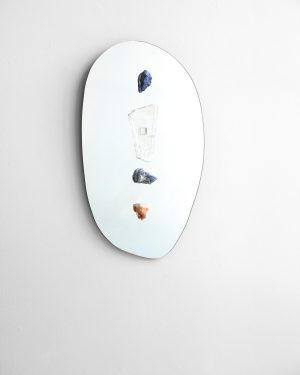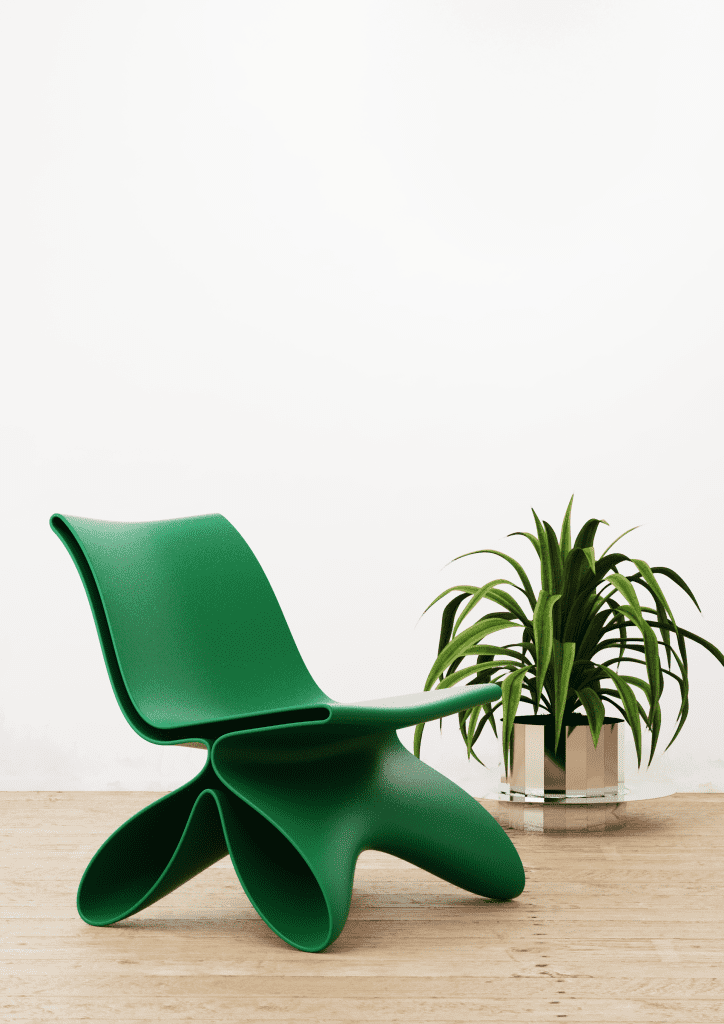

The Simple Art of Coastal Design
Explore the simple and enchanting world of Coastal Design within Adorno. Inspired by the natural beauty of coastal landscapes, Coastal Design embraces a serene and refreshing aesthetic that brings the essence of the sea into your space. With a rich history and distinct characteristics, this design style offers a harmonious blend of relaxation and elegance, evoking a sense of tranquility and escape.
What is Coastal Design?
Coastal design, also known as coastal style or beach-inspired design, is an interior design and decorating approach that draws inspiration from the natural beauty and relaxed ambiance of coastal and beach environments. It aims to capture the essence of coastal living by incorporating elements that evoke a sense of calm, relaxation, and connection to the ocean.


The Origins of Coastal Design
Coastal Design made its debut in the early 20th century, spurred by the escalating allure of the coastal lifestyle. Its inception was a direct response to the surging popularity of beachside living, capturing the essence of maritime charm and relaxation. This design approach found its origins in coastal enclaves spanning the globe, from the sun-soaked Mediterranean shores to the picturesque coastal landscapes of America.
At its heart, Coastal Design serves as a tangible expression of the profound bond between humanity and the sea. Its genesis was a jubilant homage to the unhurried and wind-swept coastal way of life, seamlessly weaving in the textures of seashells, the hues of sand, and the ever-shifting shades of the ocean. Just as waves etch their story onto the shoreline, Coastal Design tells a narrative of tranquility, inviting both residents and visitors to bask in its serene embrace.




See More Like This: Visit Our Online Gallery of Coastal Designs
What are the Key Characteristics of Coastal Design?
Coastal design is characterized by a unique blend of elements that encapsulate the serene and breezy ambiance of coastal living. Key characteristics of Coastal Design include:
- Color Palette: The color palette is inspired by the ocean, beach, and sky. Soft, neutral tones like whites, creams, beige, and sandy hues provide a soothing backdrop, while various shades of blue – from pale aqua to deep navy – evoke the sea’s changing moods.
- Natural Materials: Coastal design embraces natural materials that reflect the environment, such as weathered wood, rattan, wicker, and jute. These materials infuse spaces with texture and a sense of authenticity.
- Light and Airy: Maximizing natural light is paramount in coastal design. Light, sheer curtains and open window treatments allow sunlight to fill the space, creating an airy and welcoming atmosphere.
- Nautical Elements: Nautical motifs like stripes, anchors, ropes, and sailboat imagery are common in coastal design. These elements bring a touch of maritime charm and character to the decor.


Current Views in Contemporary Art and Design
Coastal design embraces a range of interpretations, from traditional nautical themes to modern coastal minimalism. This adaptability has allowed the style to thrive in both coastal and landlocked areas, as it offers an escape to the ocean’s beauty and charm. Coastal interiors often feature a blend of organic materials like weathered wood, natural fibers, and sea-inspired decor, fostering a connection with nature and the soothing rhythm of the tides. This aesthetic resonates in a world where individuals increasingly seek a balance between technology and the peacefulness of the natural world.
The prevailing viewpoint on coastal design highlights its enduring popularity as a way to create spaces that exude relaxation, simplicity, and a connection to the waterfront. Whether through subtle nods to maritime heritage or through contemporary interpretations of coastal minimalism, this aesthetic invites individuals to embrace a lifestyle inspired by the sea’s timeless allure. In a rapidly changing world, coastal design remains a steadfast symbol of tranquility and a refreshing escape that invites a deep exhale by the shore.
Read Now: 10 Delightful Coastal Lamps and Lights for a Serene Beachside Aesthetic
The Impact of Coastal Design on the Art World
Coastal design’s influence on the art world is unmistakable, permeating various artistic expressions with its serene maritime themes. From painters capturing the dance of ocean waves to sculptors infusing seashells and driftwood into their creations, the aesthetic elements of coastal design have birthed innovative approaches and a fresh color palette in contemporary artworks. Galleries and exhibitions echo coastal vibes through curated installations, blurring the boundaries between interior design and art curation.
Beyond aesthetics, coastal design’s emphasis on environmental connection has sparked public art installations that advocate for marine conservation, while its popularity in interior design has led artists to craft bespoke pieces harmonizing with coastal living spaces. As an enduring source of inspiration, coastal design continues to shape artistic trends, merging visual beauty with a profound celebration of nature.
The emergence of coastal design has had a noteworthy impact on various other design areas, influencing trends, materials, and the overall approach to creating harmonious and tranquil spaces.
- Interior Design: Coastal design has shifted interiors towards light and airy spaces with soft color palettes, natural materials, and a seamless blend of indoor and outdoor living, reflecting the tranquility of coastal living.
- Textile and Fabric Design: Coastal design has impacted textiles with lightweight materials, natural fibers, and marine-inspired patterns like seashells and stripes, offering comfort and a touch of whimsy.
- Architecture: Coastal design influences architecture through ocean-view oriented homes with large windows, open layouts, resilient materials, and a seamless connection between indoor and outdoor spaces, embracing the beauty and practicality of coastal settings.
- Outdoor Design and Landscaping: Coastal design extends to outdoor spaces with native plants, sand-like pathways, and natural stones, inspiring serene coastal-inspired gardens and lounges that blend relaxation and natural beauty.


Read Now: 14 Iconic Coastal Tables Featuring Exceptional Craftsmanship
Conclusion
In conclusion, coastal design encapsulates the essence of tranquility, connection to nature, and the timeless allure of coastal living. Rooted in the soothing colors of the sea and the textures of the shore, this design style invites individuals to embrace a lifestyle that exudes relaxation and openness. By seamlessly blending natural materials, nautical elements, and an emphasis on light, coastal design creates spaces that evoke the rejuvenating experience of being by the water’s edge.
As it evolves in response to contemporary influences, coastal design continues to inspire art, redefine interior spaces, and provide a visual sanctuary where the beauty of the coast is woven into the fabric of everyday life. Whether through minimalist elegance, sustainable practices, or innovative artistic expressions, coastal design remains a timeless and cherished homage to the sea’s calming embrace.




Read Now: 14 Coastal Decor For Your Summer Beach Home
Discover Coastal Design on Adorno
-

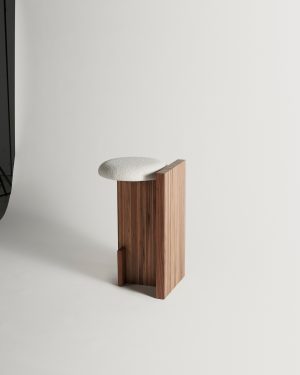 Arquivo Counter Stool€2.150
Arquivo Counter Stool€2.150 -

 Black Amber – Ceramic Accent Table€1.600
Black Amber – Ceramic Accent Table€1.600 -

 Lullaby – Chandelier No.3€640 incl. tax
Lullaby – Chandelier No.3€640 incl. tax -

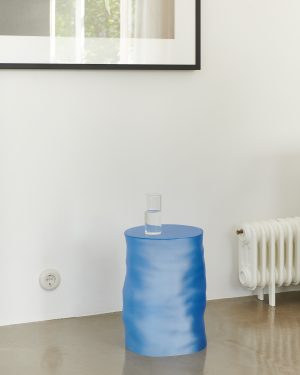 Morning Dip Side Table€419 incl. tax
Morning Dip Side Table€419 incl. tax -


 Naive Arena I Algua Stoneware Vessel In Green€850 incl. tax
Naive Arena I Algua Stoneware Vessel In Green€850 incl. tax -


 Naive Vessel Tierra Morena€850 incl. tax
Naive Vessel Tierra Morena€850 incl. tax -


 The Bi Writing Desk€2.500 incl. tax
The Bi Writing Desk€2.500 incl. tax -


 The Square Desk€1.790 incl. tax
The Square Desk€1.790 incl. tax -

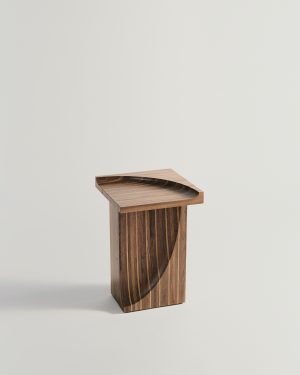 Trama Side Table€1.950
Trama Side Table€1.950 -

 Artefacto Ls 16 – Woven Wicker Fiber Floor Lamp€878 incl. tax
Artefacto Ls 16 – Woven Wicker Fiber Floor Lamp€878 incl. tax -

 Mrs Potts – Briarwood Cupboard€8.076 incl. tax
Mrs Potts – Briarwood Cupboard€8.076 incl. tax -

 Loto Pouf Outdoors€1.312 – €1.367 incl. tax
Loto Pouf Outdoors€1.312 – €1.367 incl. tax -

 Dank Pouf€4.070
Dank Pouf€4.070 -

 Units€3.200
Units€3.200 -

 “Mylla” Rug€5.600 incl. tax
“Mylla” Rug€5.600 incl. tax -
Piece on sale

 Glove Couch€30.000
Glove Couch€30.000 -

 Trono – Solid Wooden Sideboard€16.778 incl. tax
Trono – Solid Wooden Sideboard€16.778 incl. tax -

 Droplet – Circular Minimalist Dining Table€4.872 incl. tax
Droplet – Circular Minimalist Dining Table€4.872 incl. tax -

 Sensitive Wood – Minimalist ‘claire’ Floor Lamp€950
Sensitive Wood – Minimalist ‘claire’ Floor Lamp€950 -

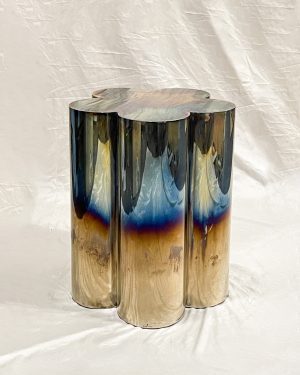 Barvinok – Blueish Steel Side Table | Prototype€750 incl. tax
Barvinok – Blueish Steel Side Table | Prototype€750 incl. tax -

 Kanz – Sofa Green & White Stripes€2.850 – €9.250 incl. tax
Kanz – Sofa Green & White Stripes€2.850 – €9.250 incl. tax -


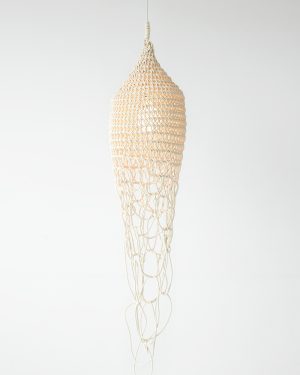 Meduse – Pendant Lamp€700 incl. tax
Meduse – Pendant Lamp€700 incl. tax -

 “Boucle” Rug€7.158 incl. tax
“Boucle” Rug€7.158 incl. tax -

 Affinis – Round Dining Table€10.500
Affinis – Round Dining Table€10.500

